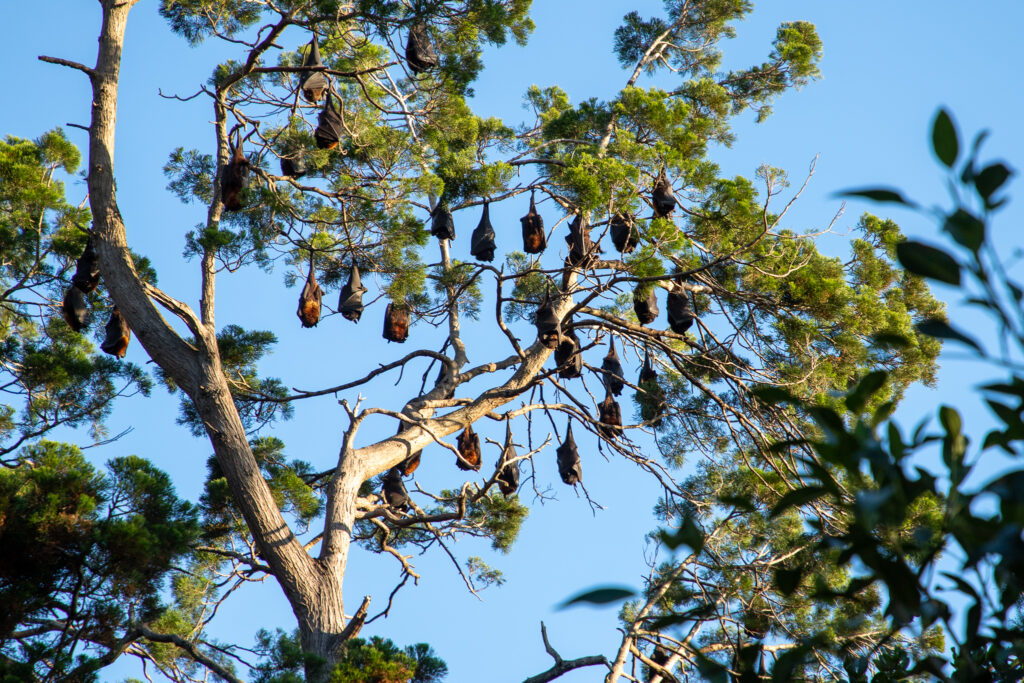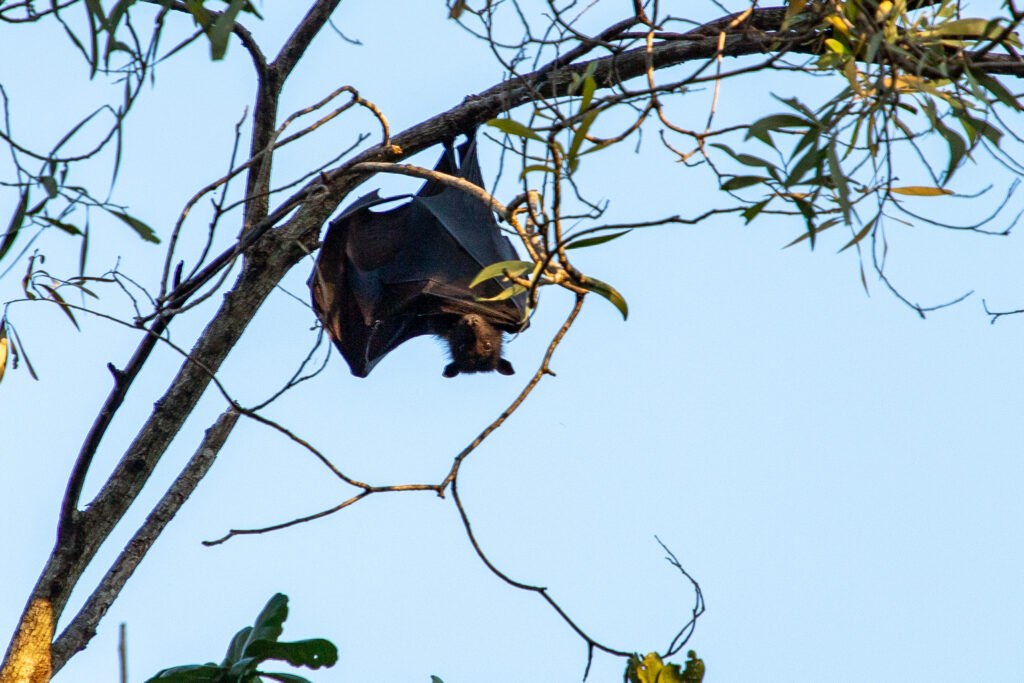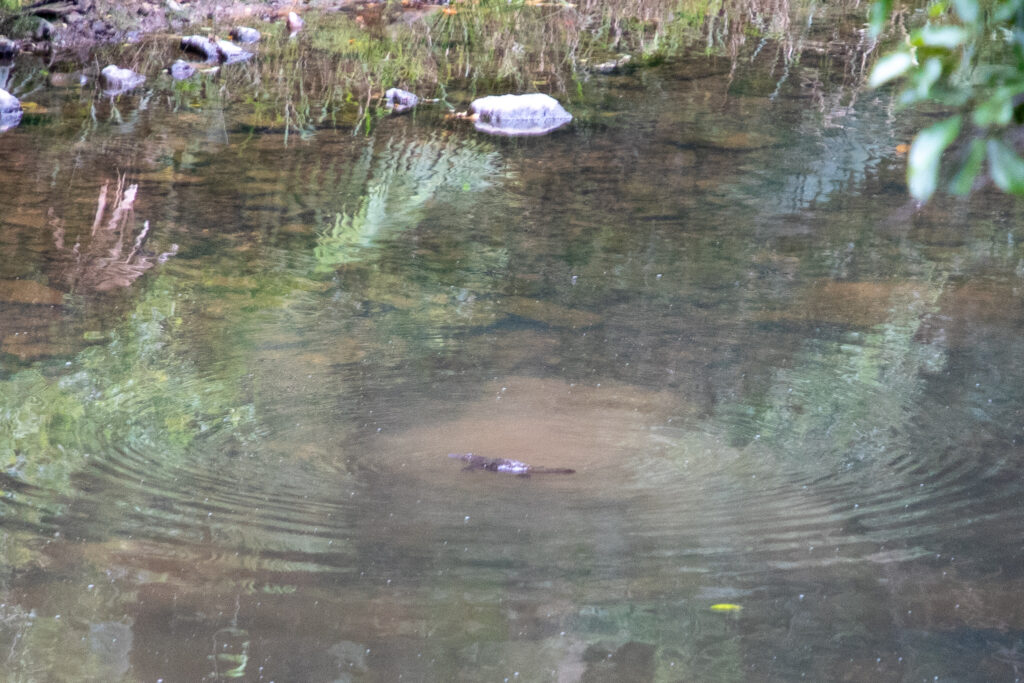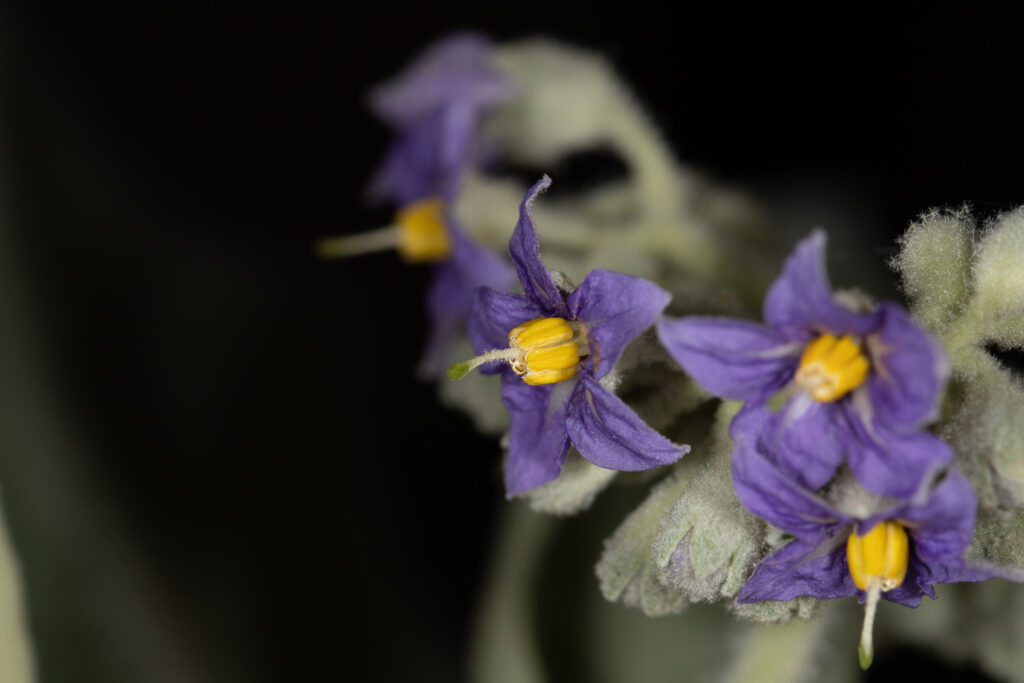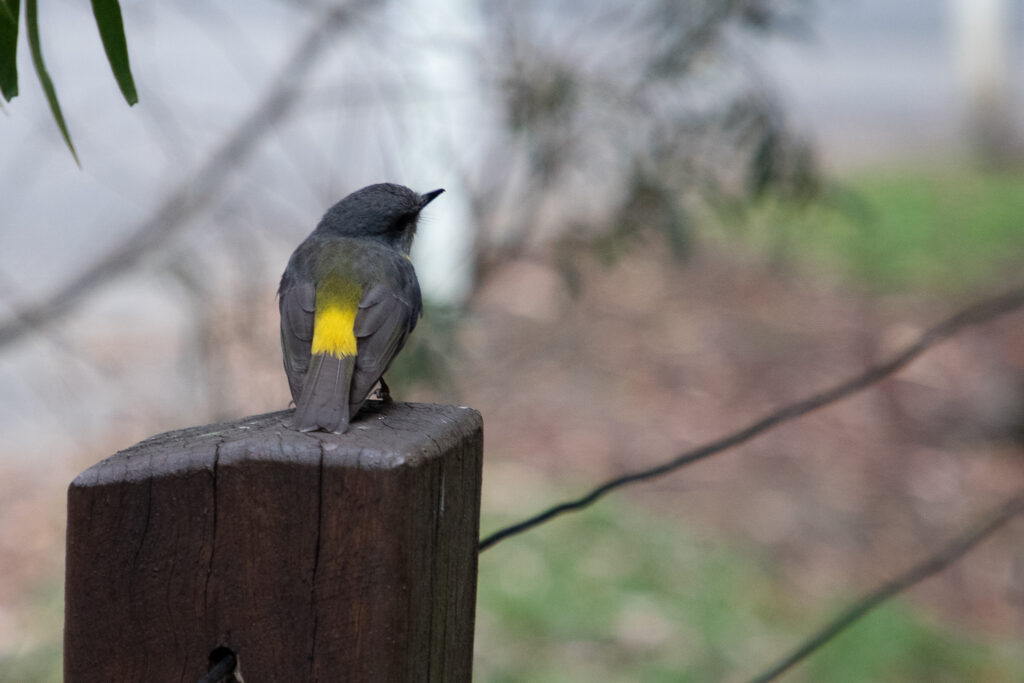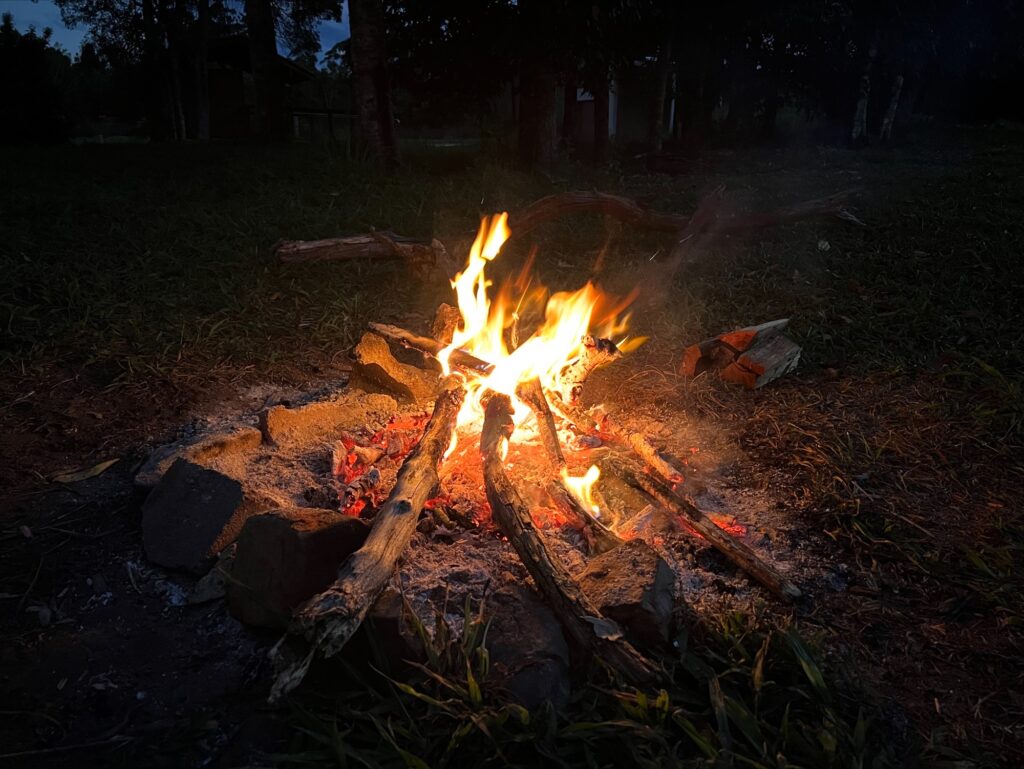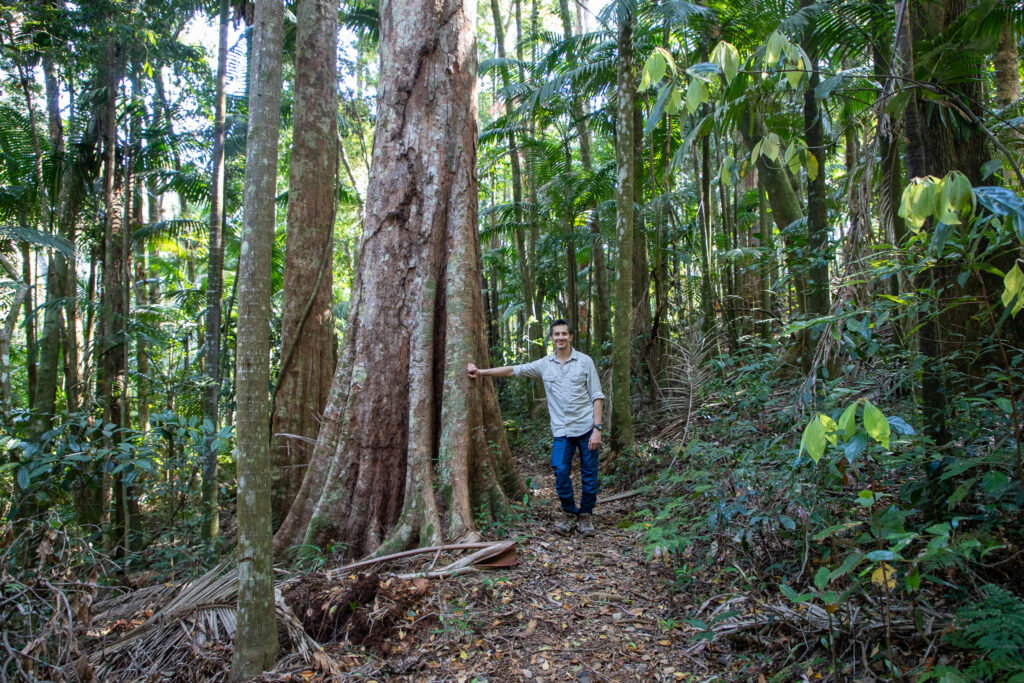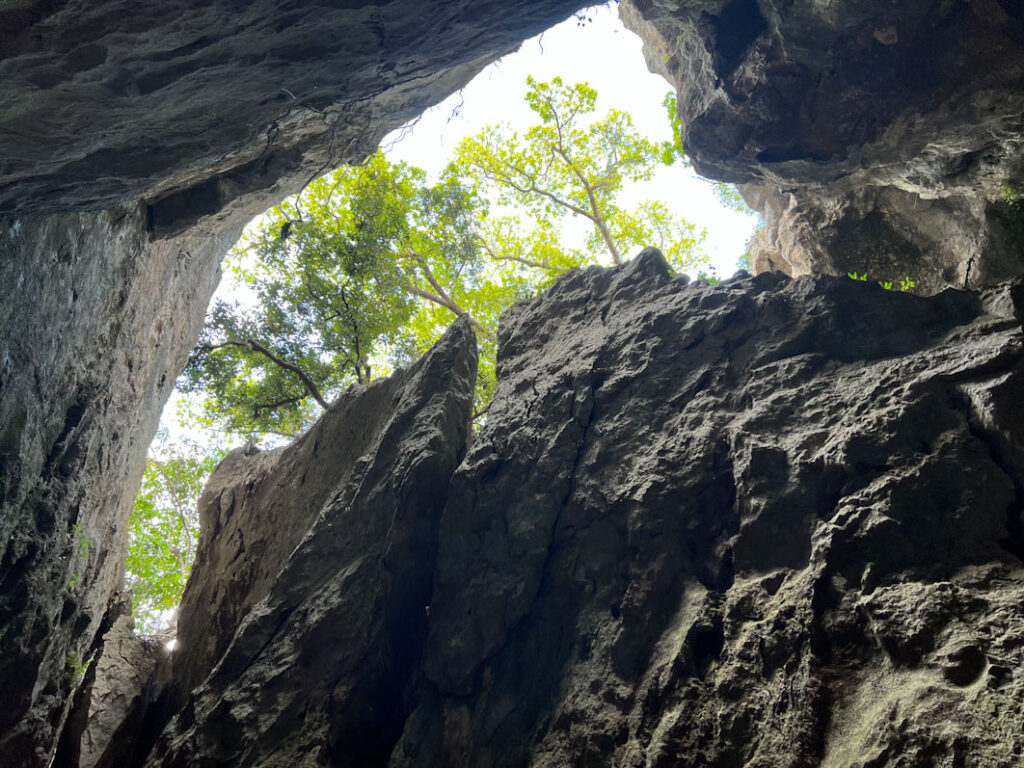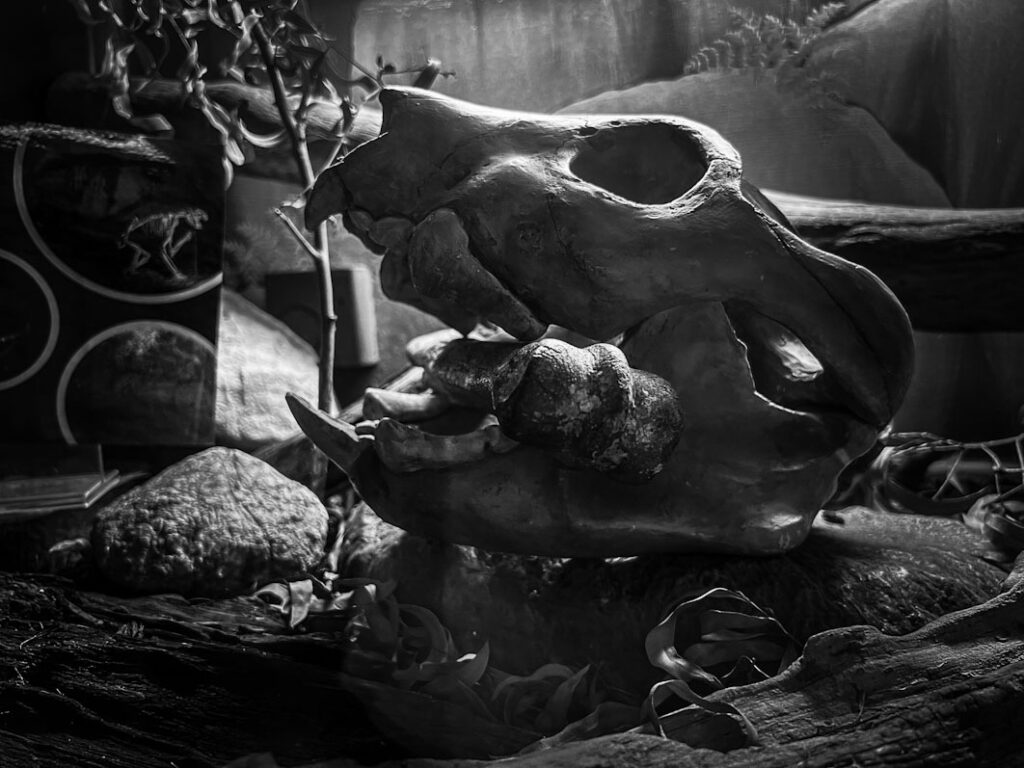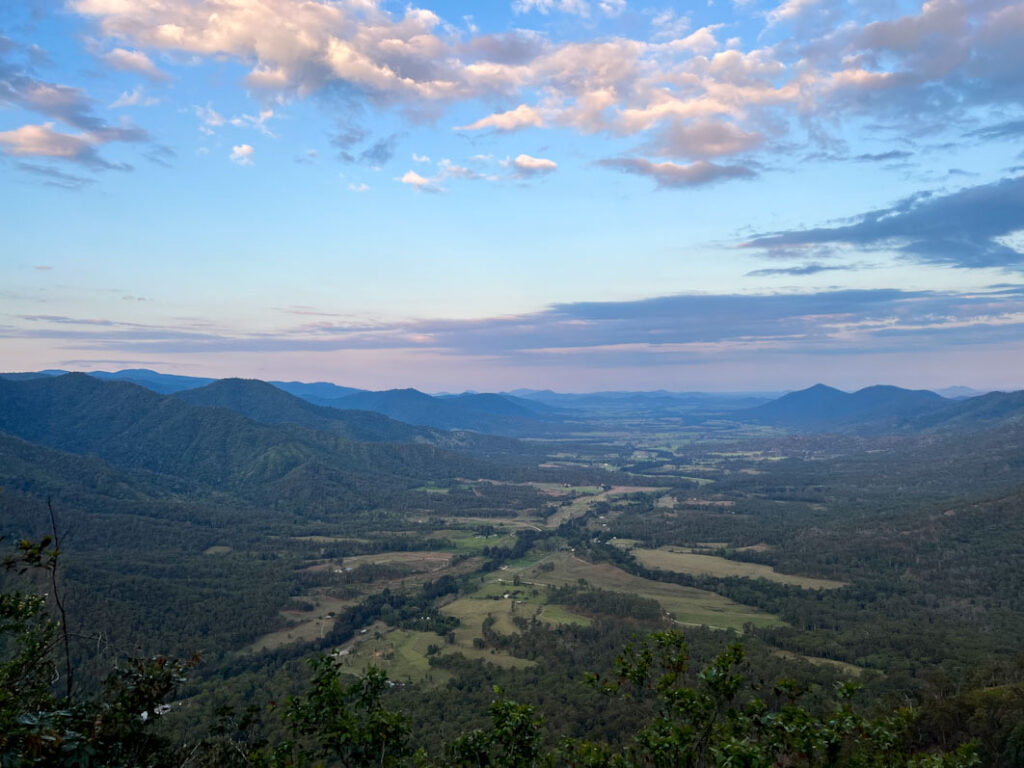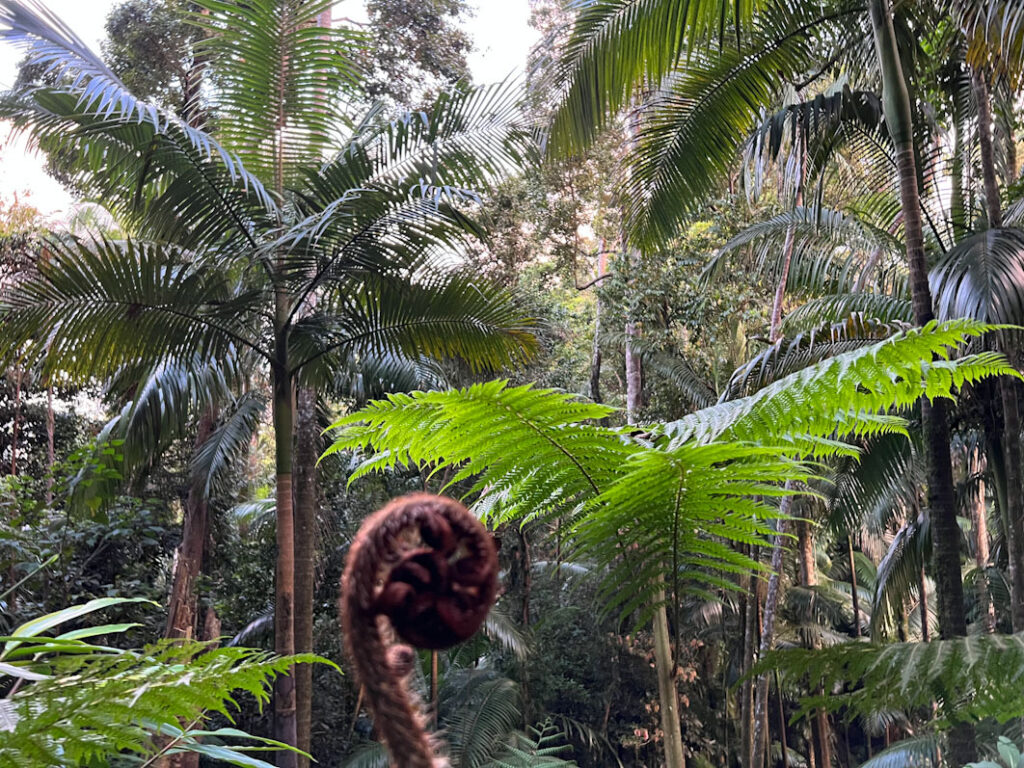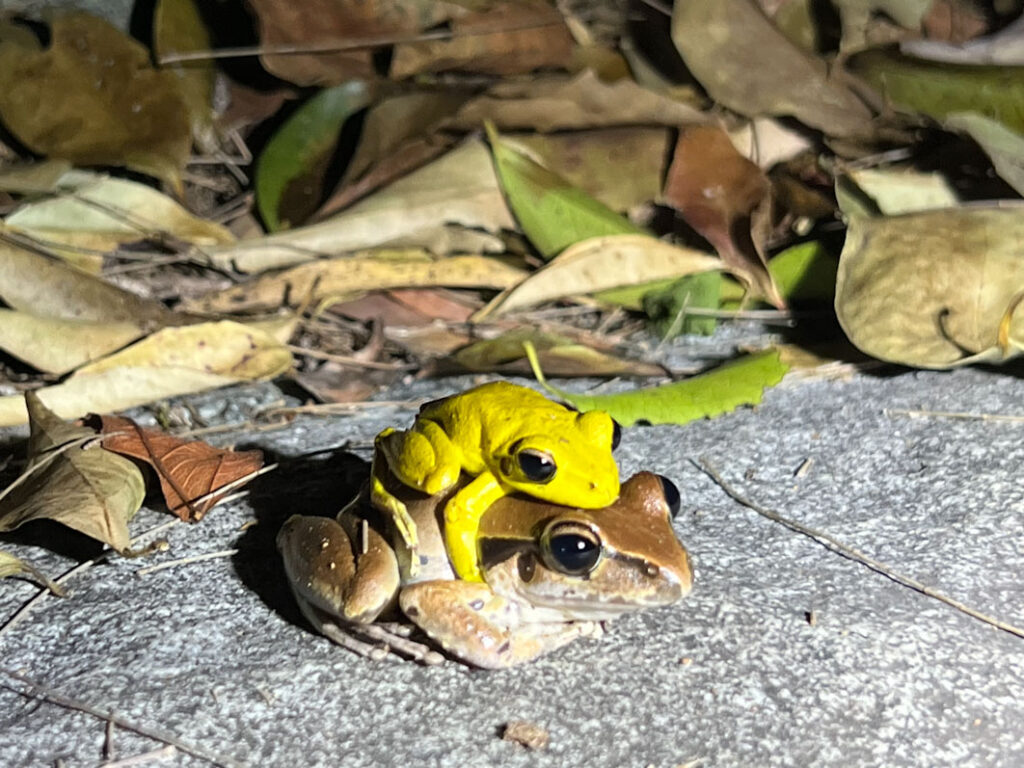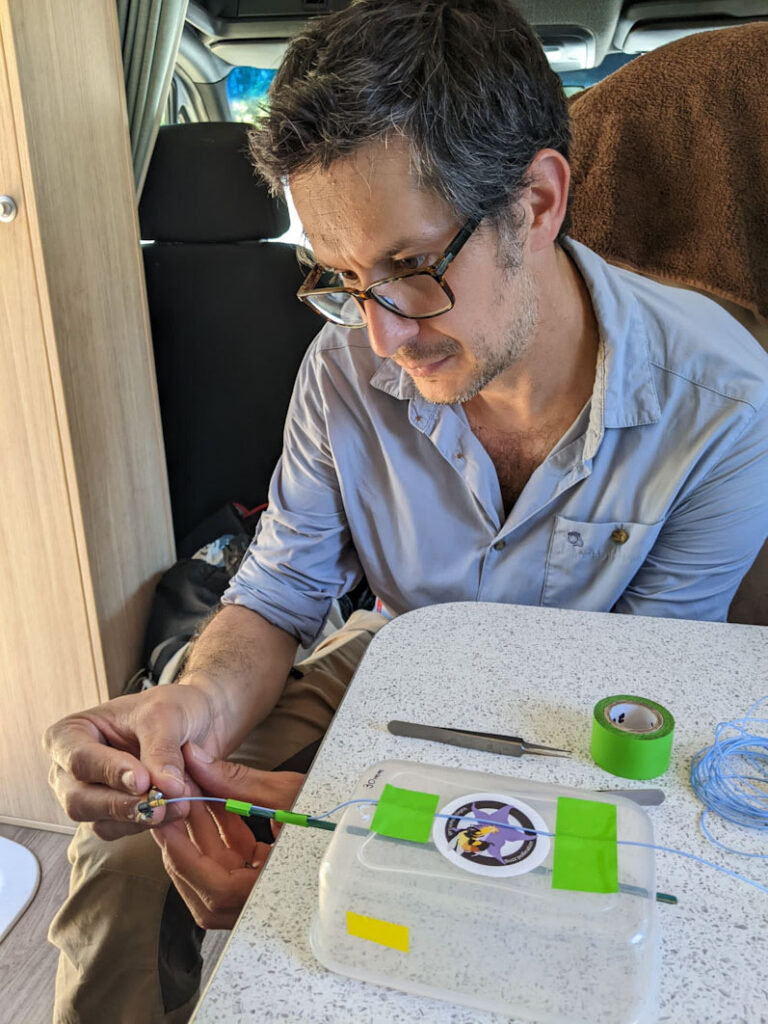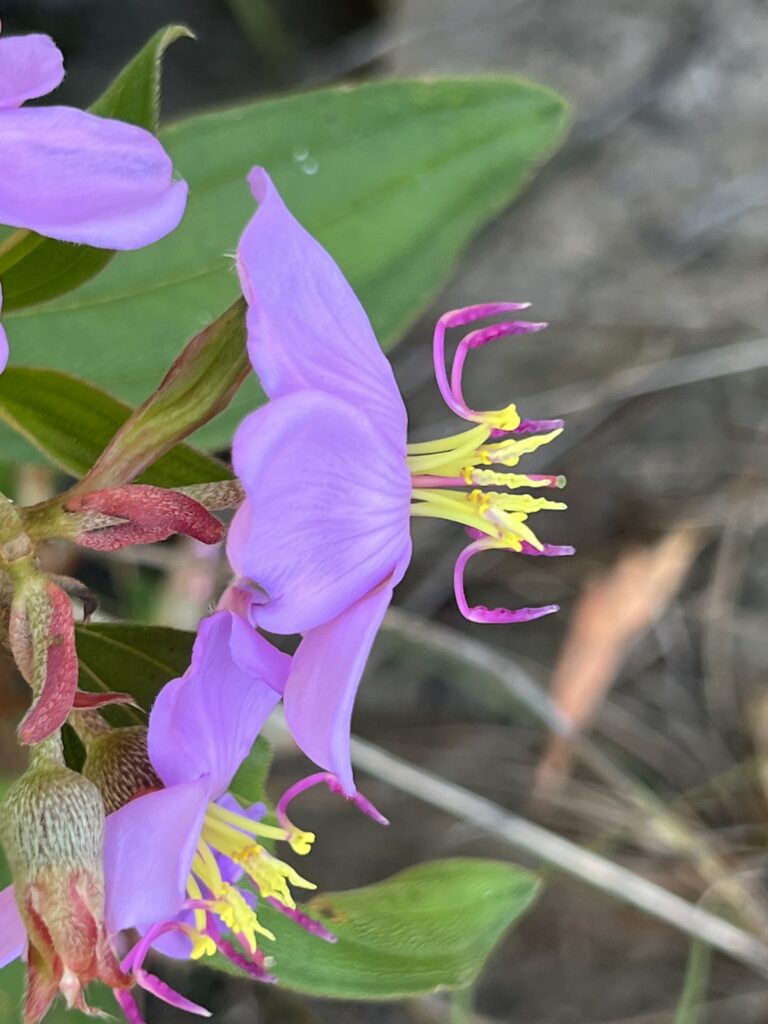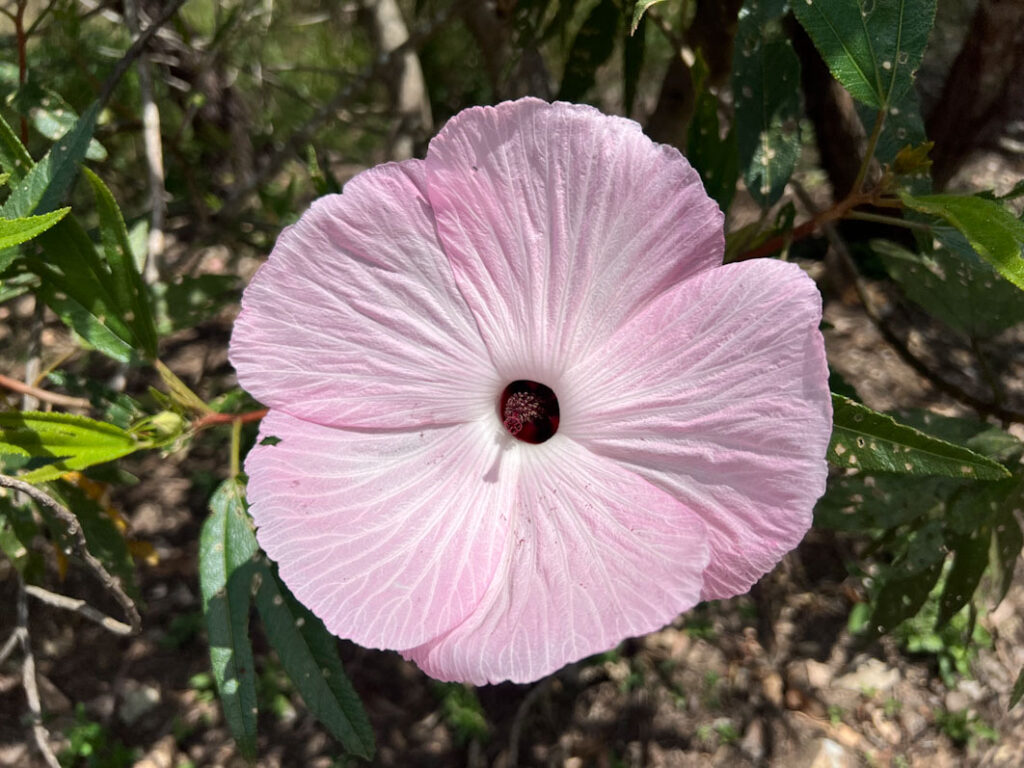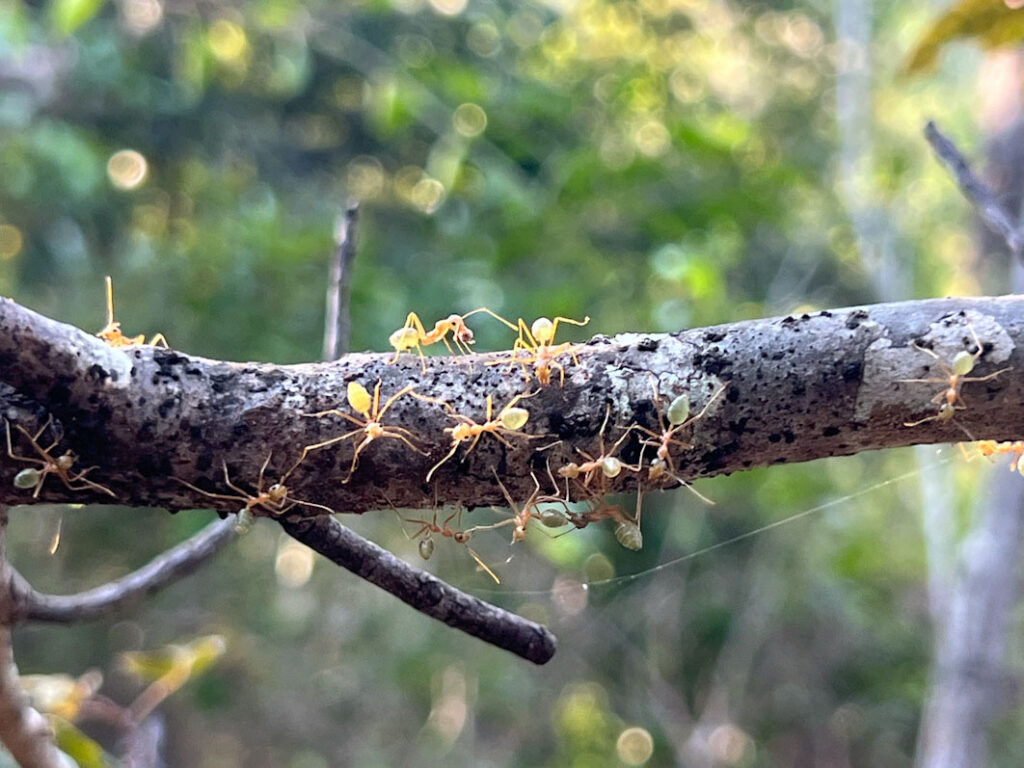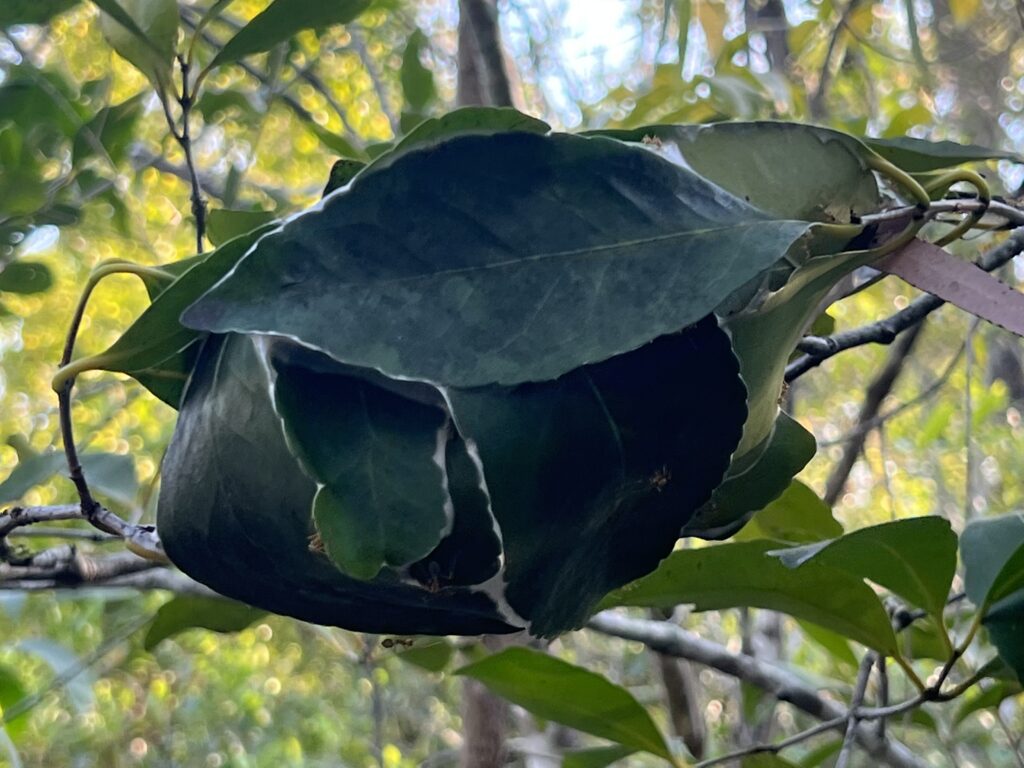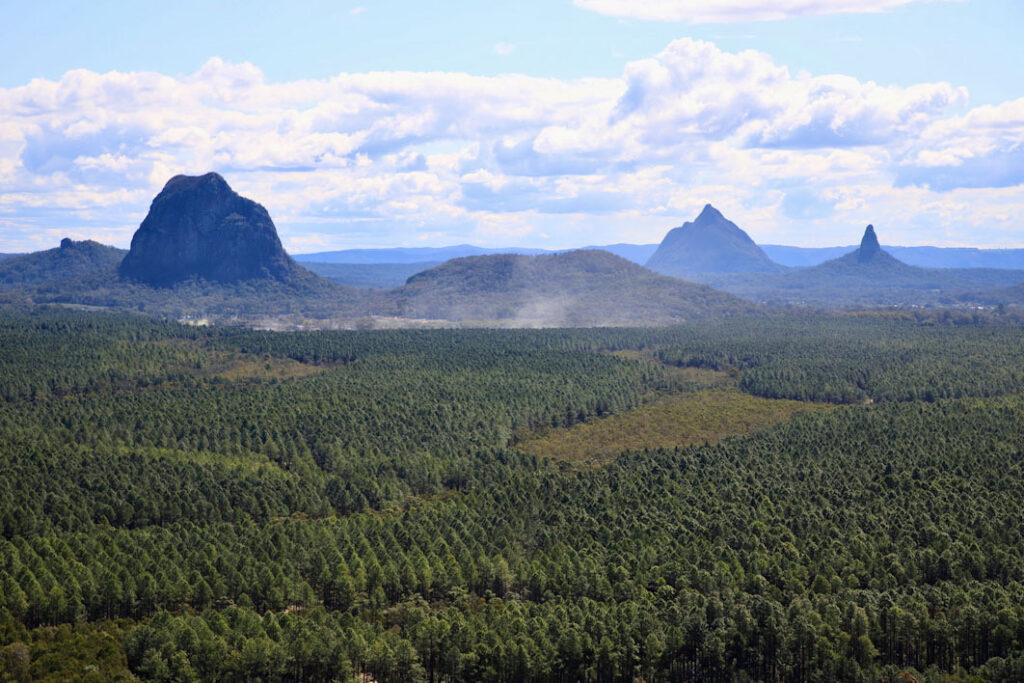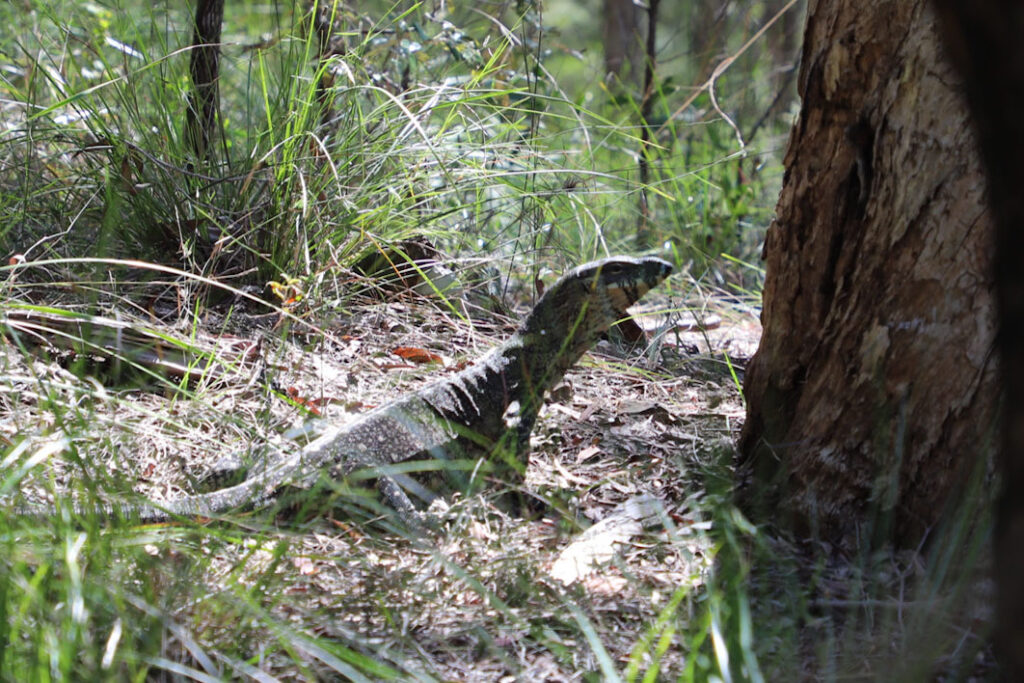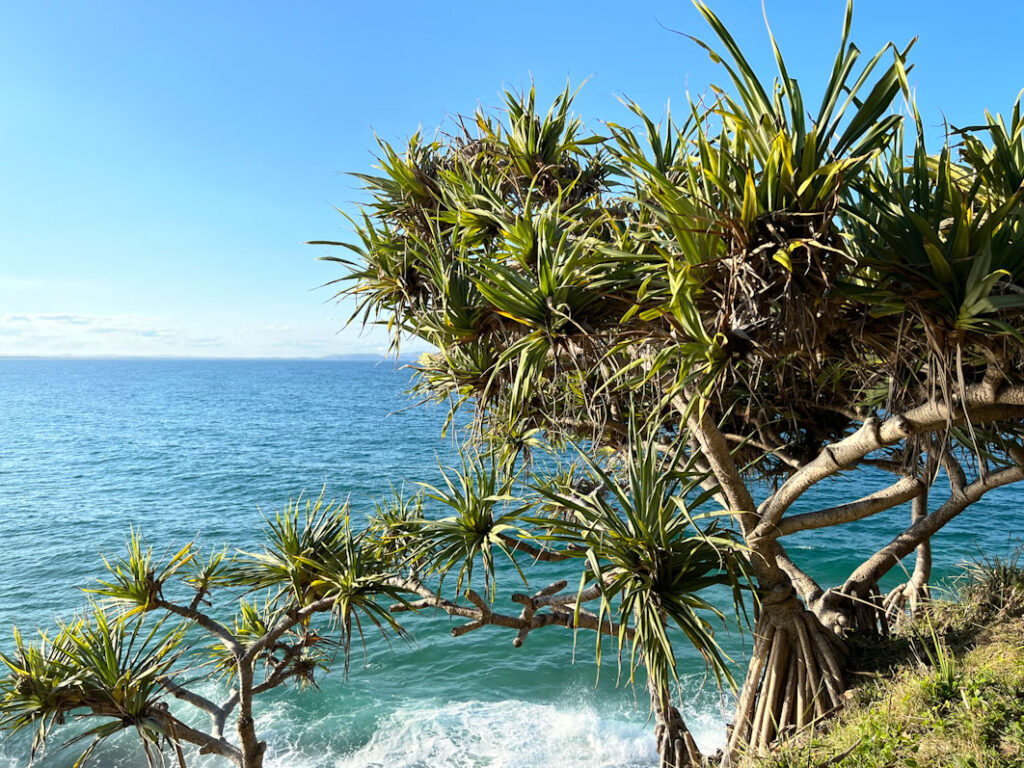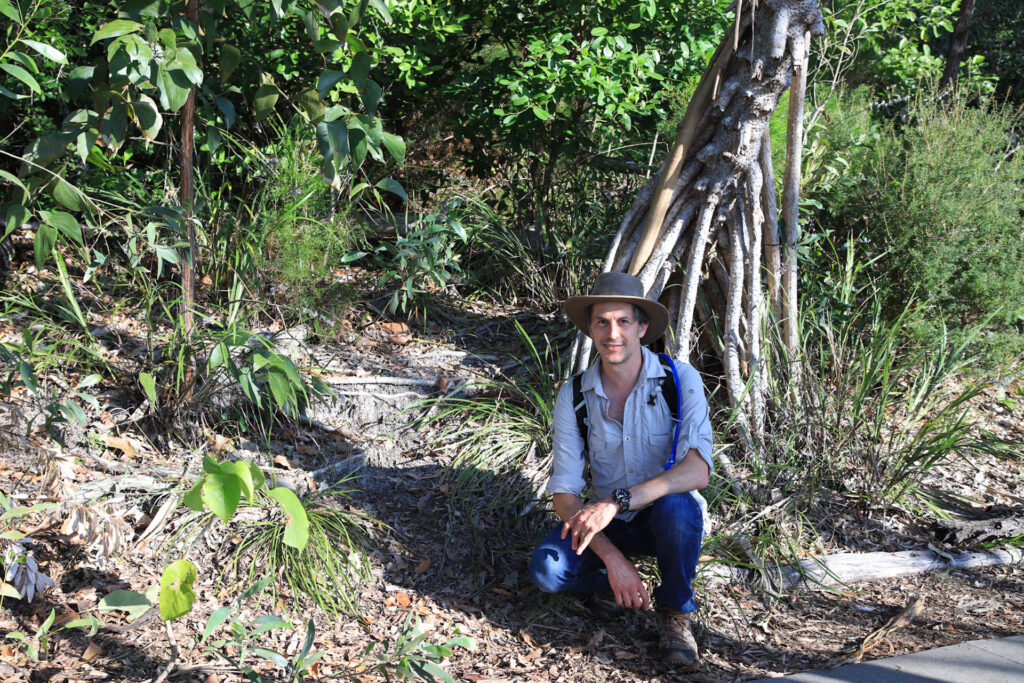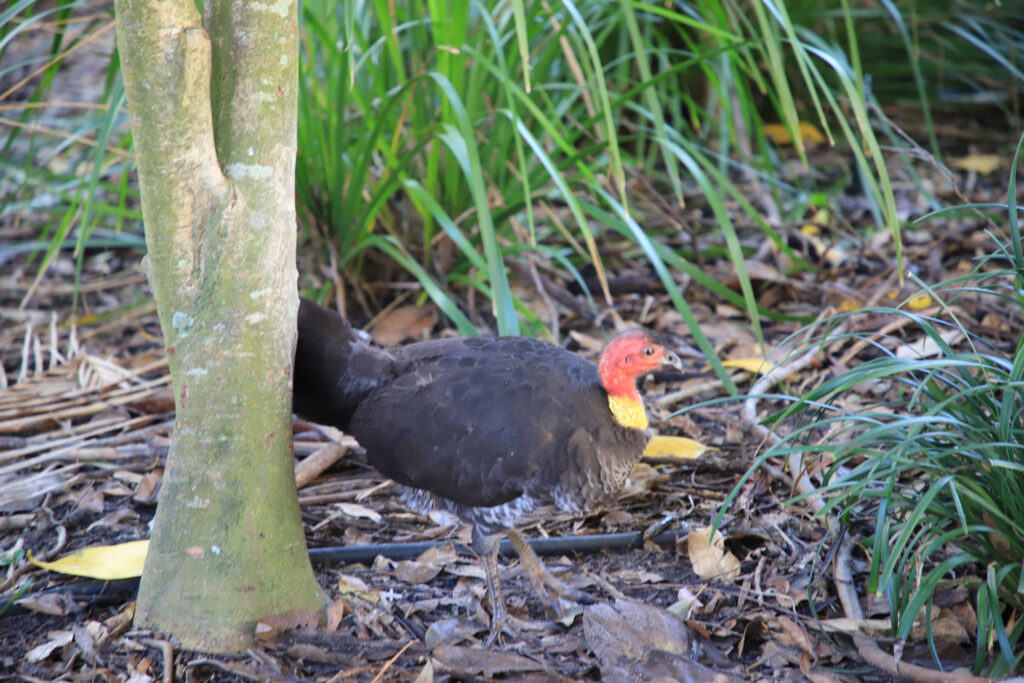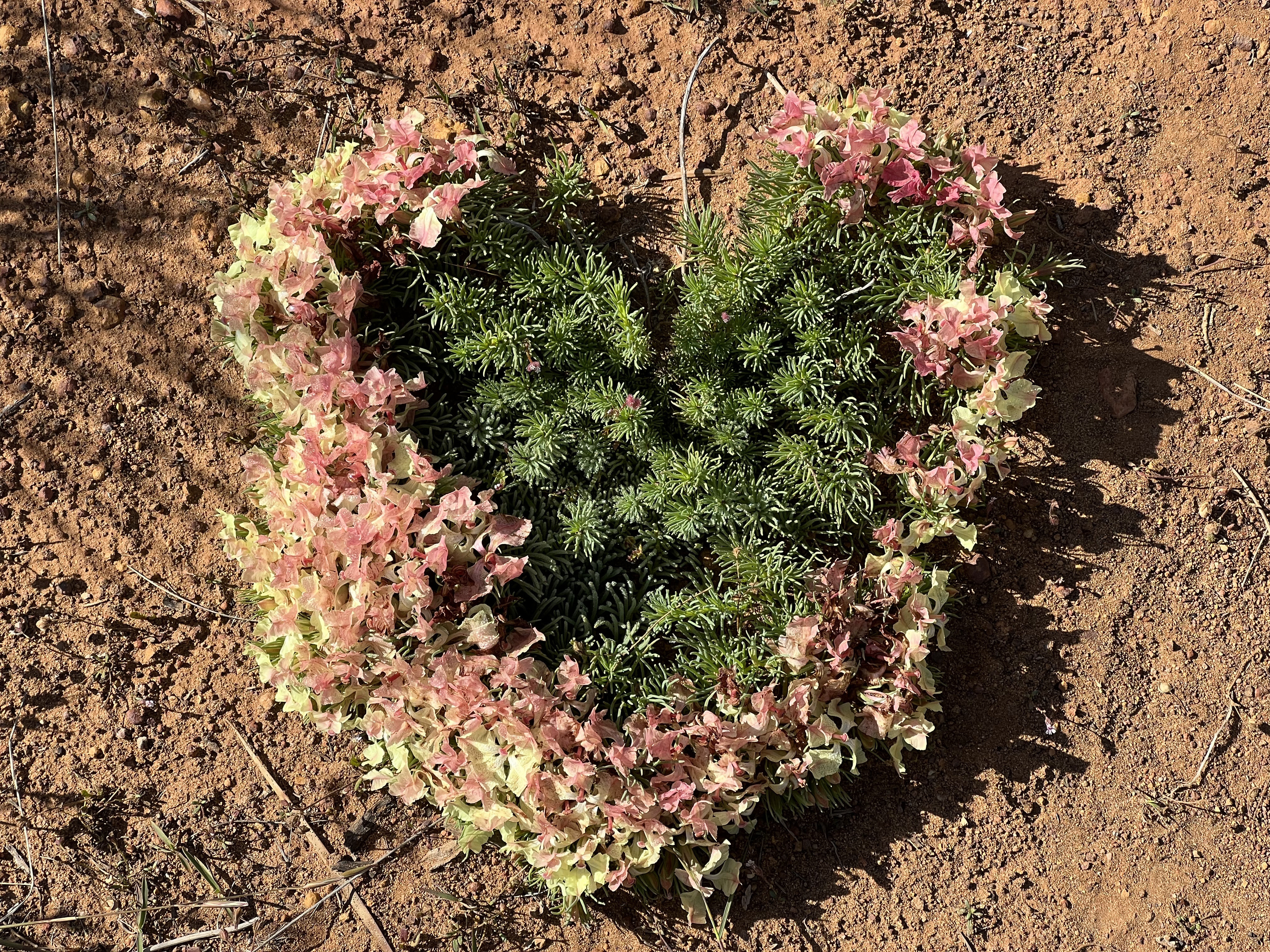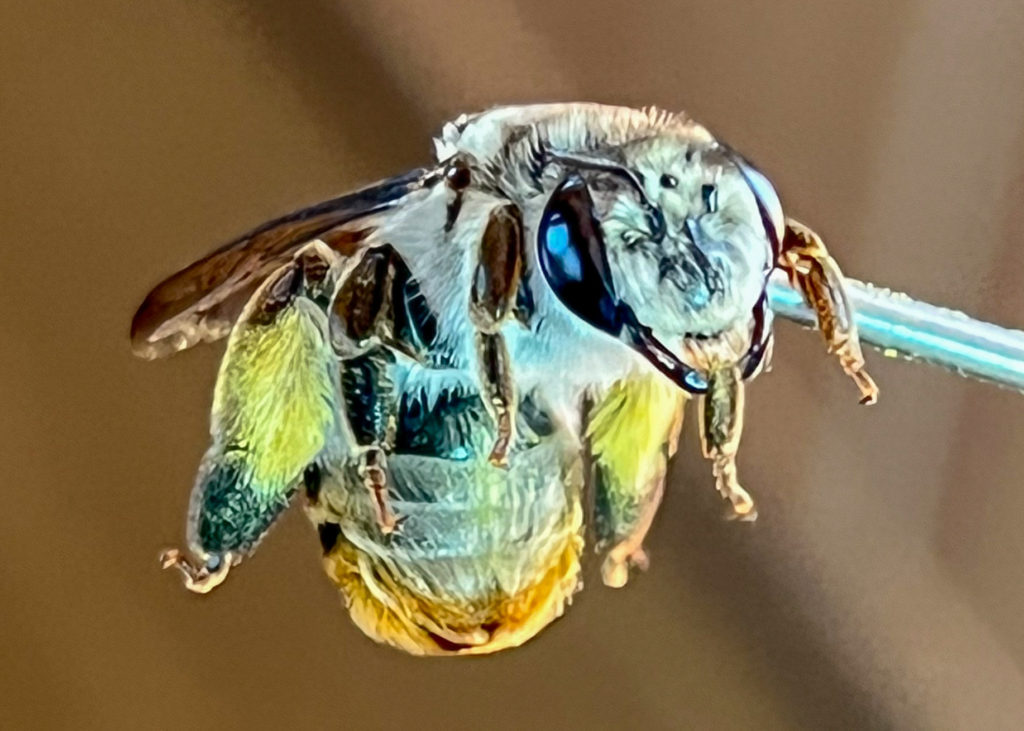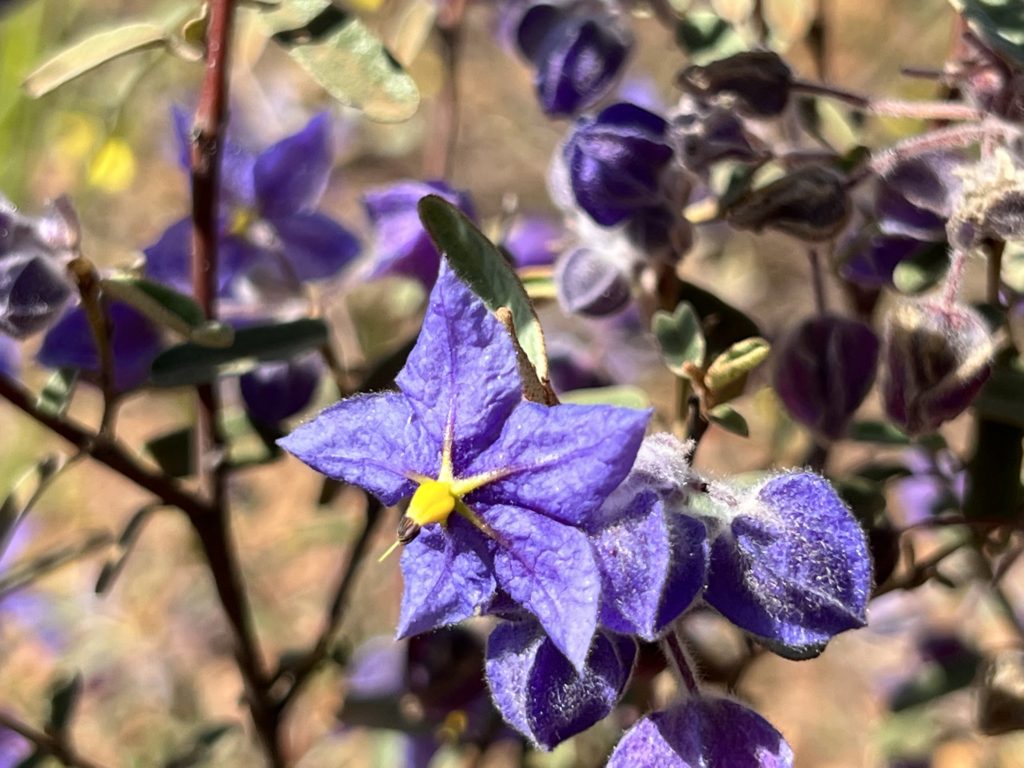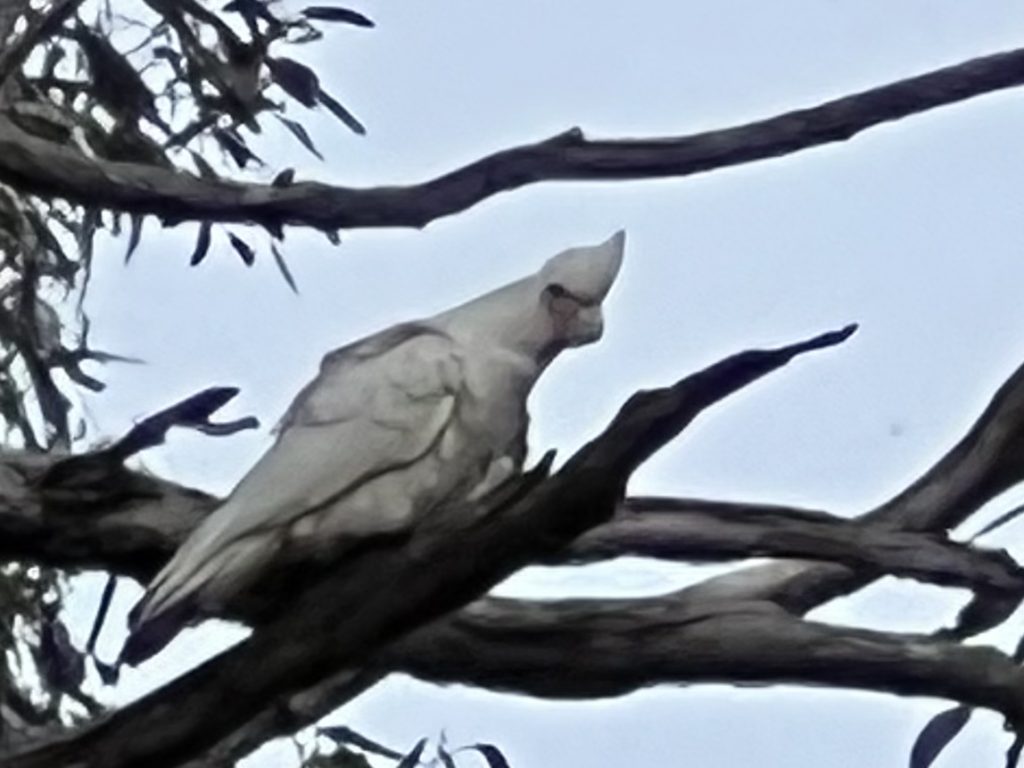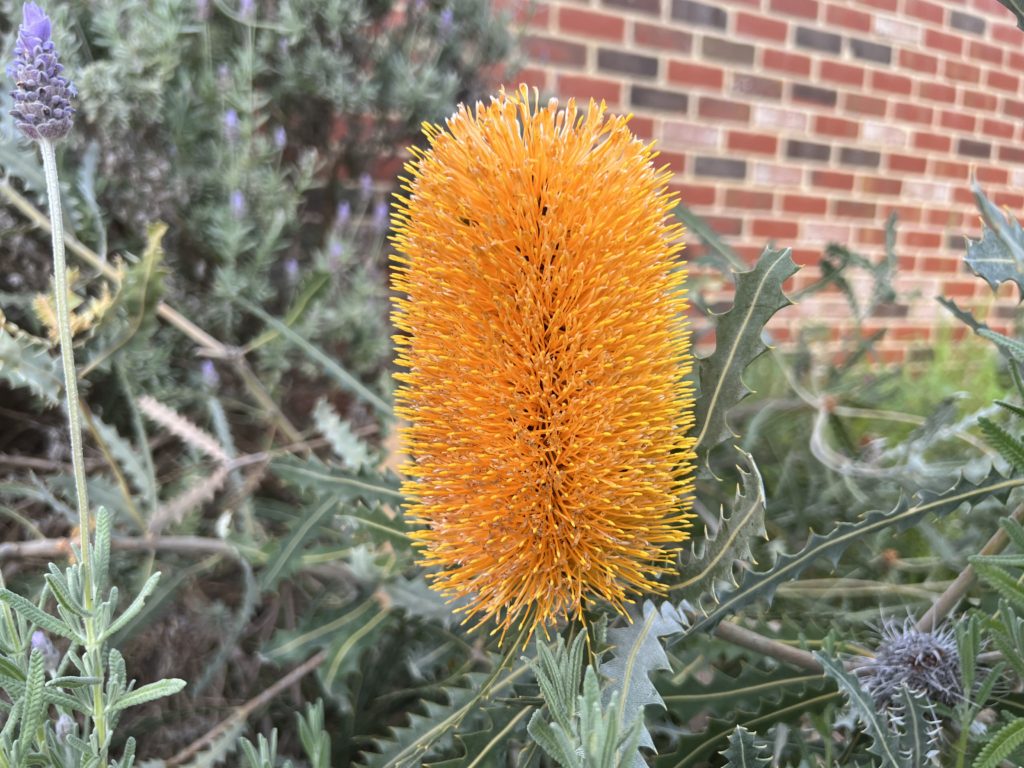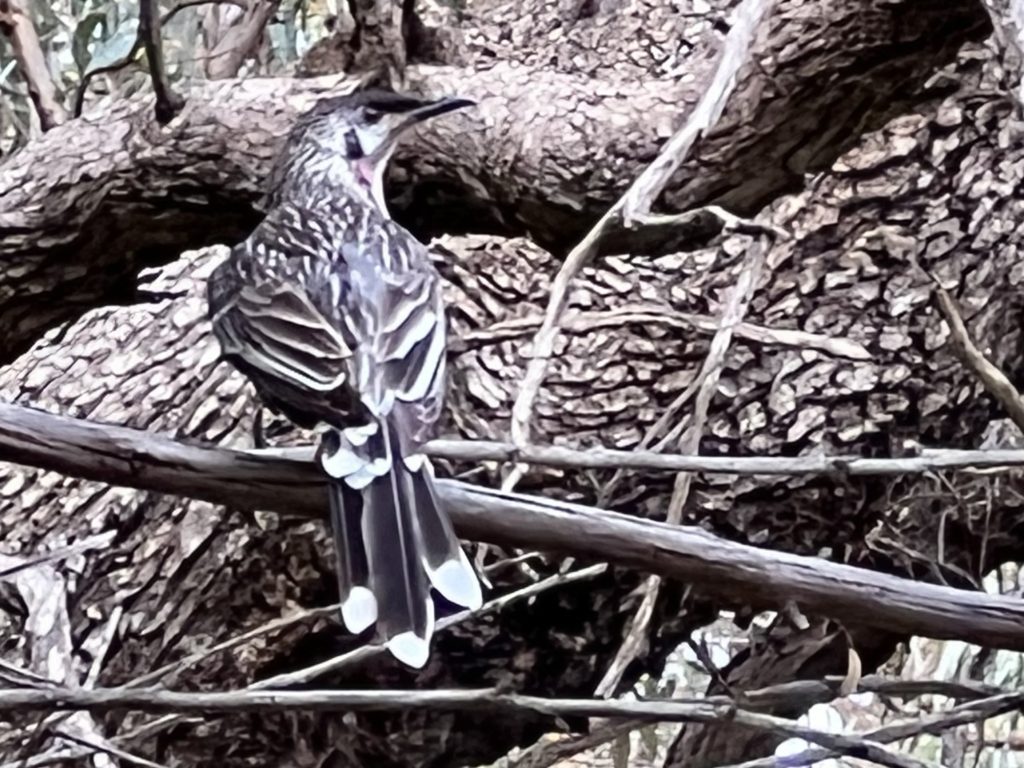29 September. Today we continue our drive south, guided by the records of invasive Solanum that we have been able to find online through the patchy internet reception we can get. The first stop is in Granite Creek in a rest stop that advertises free coffee for tired drivers. The parking area off the road is an invasive plant paradise. Surrounded by a national park, here you can find a wide range of invasive plants from around the world. The invasives include Solanum americanum, Tecoma stans, Argemone ochroleuca, Thunbergia alata, Verbascum virgatum, and others. But we are here for buzz pollinated Solanum and find plenty of S. mauritianum, S. seaforthianum, and even tomato (Solanum lycopersicum). The perennial honeybee is here trying clumsily to get pollen from S. mauritianum without ever vibrating. Monarch butterflies (Danaus plexippus), another exotic organism, seem to also thrive in this part of Australia and I tell Daniel about their wintering grounds in western Mexico. There, the monarch butterflies can be found in enormous numbers, hanging from conifer trees, resting after their long migration from the USA and Canada. Or at least they used to be there in large numbers when I visited; who knows how they are coping with the brutal deforestation going on in the forests of Michoacan. Here in a roadside of Eastern Australia, lonely monarchs flutter a bit lost. The grass is tall and as we walk around, I think of snakes hiding in the grass. No wild bees here in the cloudy, cool morning, so we drive again.
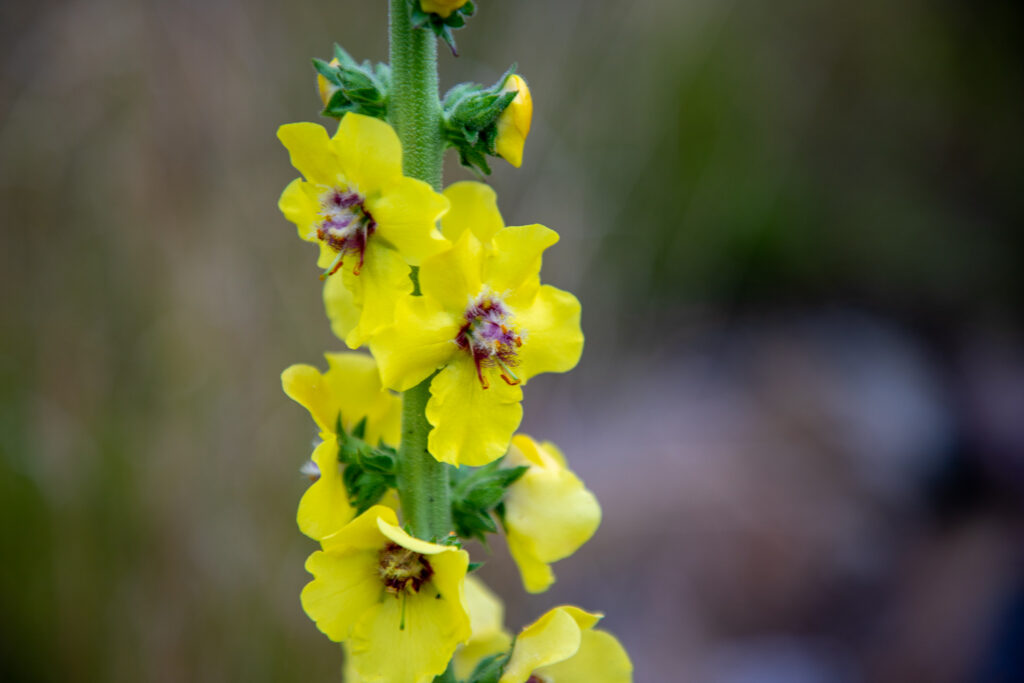
Eventually we make it to our next destination in Hervey Bay. This is a touristic town on the coast, but with plenty of records of the plants we look. It is getting late (drives in Australia are long), and we go to the Botanic Gardens where we find some stingless bees.
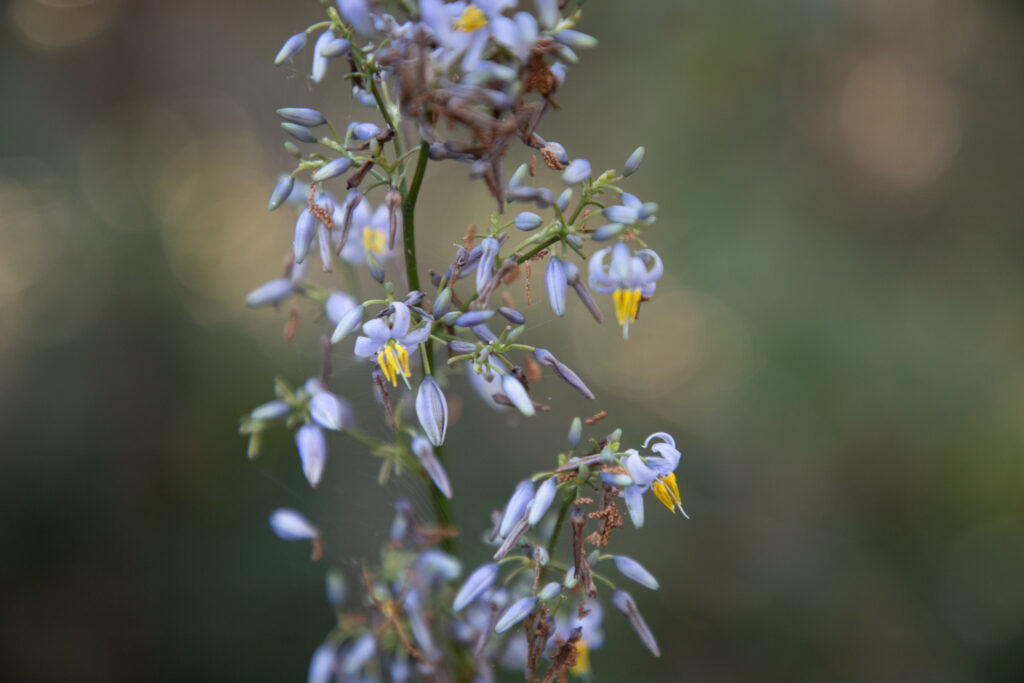
As we drive back to the campground I hear a strange noise coming from the trees. We stop in a park in the coastal road and we saw giant black fruits hanging from some trees. Something doesn’t add up. Then one of the fruits rattles, crawls on a branch and extends its enormous membranous wings. They are flying foxes! I couldn’t be more excited of seeing these giant bats (Pteroptus alecto) for the first time. There are several dozens in this tree and several more in the next one. A tree further down is also full with flying foxes and we realise that there are several hundred bats around us. As we approach the trees and look through the binoculars, I see a pair of eyes looking right back. The bats are becoming active and are well aware of our presence. Their terse fur, sometimes forming a lighter collar in some individuals gives these wonderful animals an elegantly sinister look. The bats stretch their wings, and you can almost feel the texture of the skin that stretches in their hands-turned-wings. They communicate and interact with one another. They keep their sights on us, and when a drunken woman hits their tree with a branch, they take off with the sound of leather cutting the wind. Their silhouettes swish across the blue sky of the dying daylight, and the trees rattle with their movement. I wish you could hear them.
